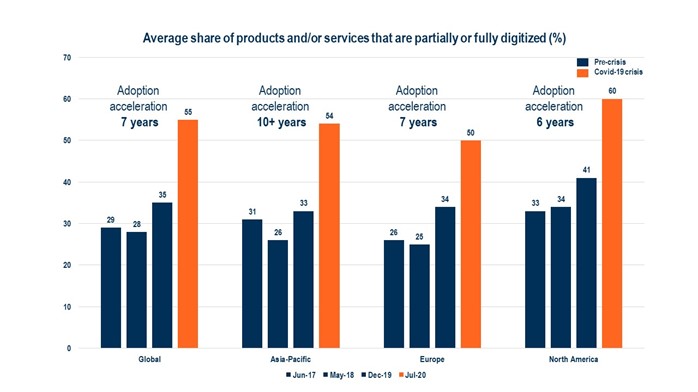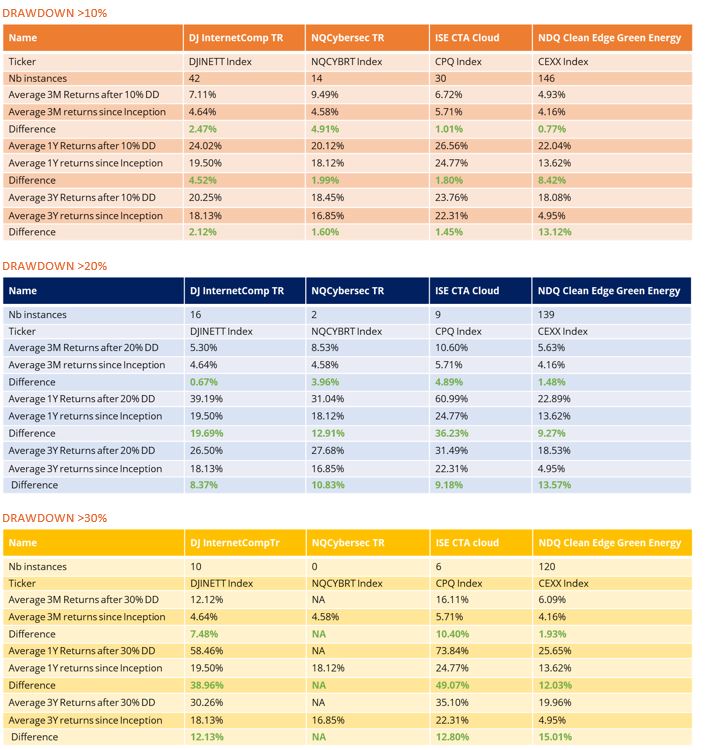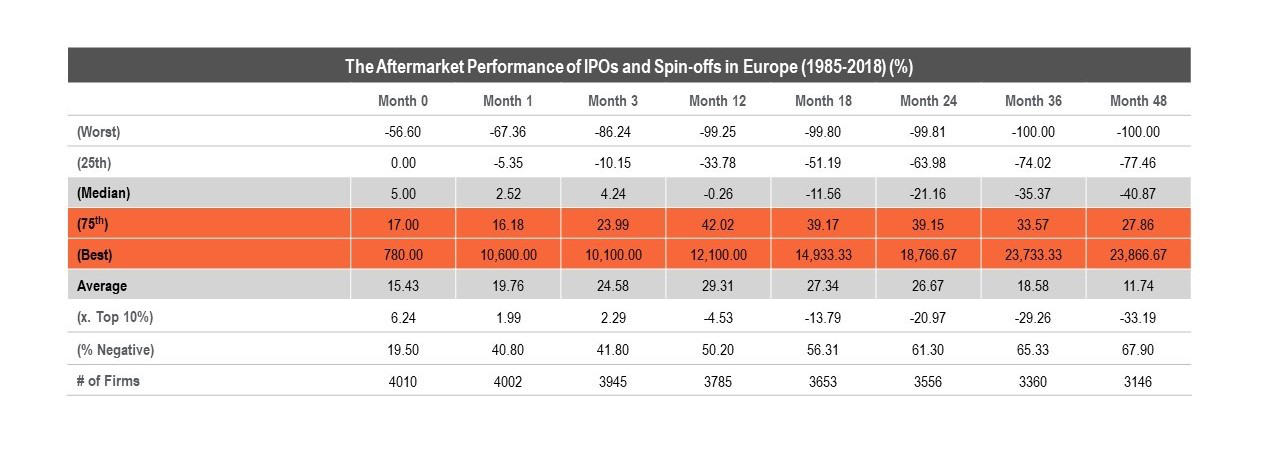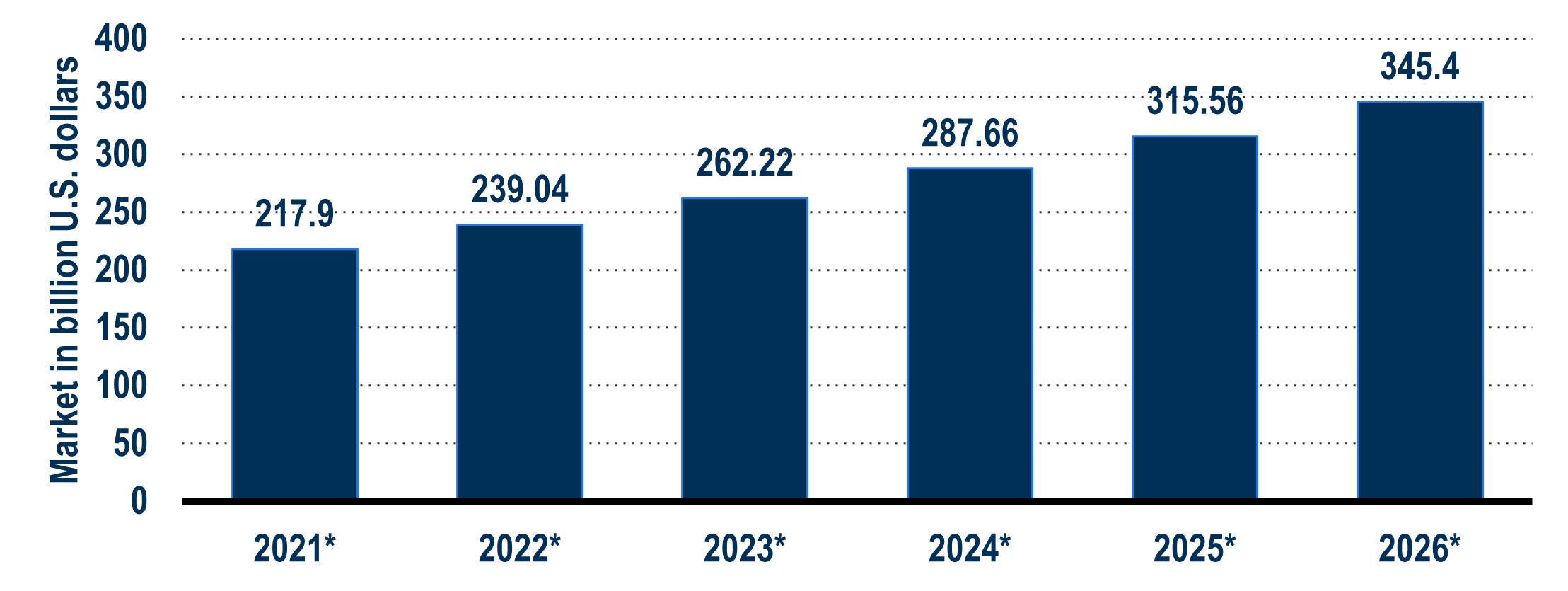“Digital adoption curves aren’t slowing down”
The pandemic propelled us all online as companies rapidly went digital in response to global shutdowns and ‘stay at home’ orders.
Although pre-Covid, the digital paradigm shift was already underway, we saw the pandemic serve as an accelerant across industries bringing about years of structural change within a few months.
As the chart below highlights, on average the pandemic accelerated long-term digital adoption trends by seven years in a matter of months:


Source: McKinsey 2021
As we emerge from the pandemic to a ‘new normal’, the role of the digital experience in our lives is front and centre, and this trend is showing no sign of slowing down in fact it’s continuing to build momentum.
As Satya Nadella, CEO of Microsoft, highlighted a year on from the start of the pandemic, “digital adoption curves aren't slowing down. They're accelerating, and it's just the beginning."
With the evolution of digital presence disrupting already disrupting industries, notably ecommerce, telemedicine, streaming video and remote learning.
It's hard to imagine how this rapid shift to digitalisation could have taken place without the infrastructure of the Cloud, especially if it hadn’t been secure.
The transparency, reliability, compliance, scalability of cloud computing allowed companies of all sizes to rapidly implement digital solutions providing much needed business continuity.
“People didn’t want the power station: they wanted the light.”
The power of technology, as a revolutionary force, occurs when there is a fundamental breakthrough not in the technology itself but the possibility and disruption the technology unlocks.
We are standing on the brink of a digital technological revolution that will likely fundamentally change the way we live, work and interact with each other. What makes cloud computing adoption significant is that it marks a paradigm shift in our relationship with the technology: the era of computing as a utility.
This represents the largest single change to computer access, tantamount to the industrial revolution for the digital age. The industrial revolution was powered by utilities, in this case water and steam, to mechanise production. Similarly, the second industrial revolution was fuelled by electricity, enabling mass production. Effectively, when industrial powerhouses were able to get electricity, water and gas exactly when they needed it in the quantities they needed (and only the quantities they needed), they could thrive. Utility is the again the game changer, except this time it’s cloud computing which is providing “industry” with what it needs at a time when it needs it.
We’re seeing the rapid adoption of cloud computing continue post-pandemic, with the latest forecasts from Gartner predicting global spending on cloud services to reach over $482 billion in 2022, up from $313 billion in 20201. Leaders in every industry are realising that they risk extinction by failing to migrate to the Cloud and as a consequence, investment in cloud services has become investment by necessity, meaning the average company now aspires to have cloud spend represent 80% of its total IT-hosting budget by 20242.
“Every company is becoming a software company”
In the face of market uncertainty utilities tend to be a defensive play – even in macroeconomic downturns people need electricity, running water, sanitation etc.
As we move to an increasingly digital world, these necessities are expanding to include cloud computing, wireless technology, and by extension – cybersecurity.
Companies at the forefront of cloud computing, by providing digital services are thus highly scalable and also so essential to today’s economy that they have effectively become digital utilities. Not to mention, the monopolistic business models of the biggest players in the space – with their near unsurpassable barriers to entry, vast pricing power and wide economic moats.
Cloud has evolved to become a driving force for business transformation via its fast and adaptable scalability, expanded speed to market and its continuous innovation.
Companies like Microsoft, Amazon and IBM are also expanding their hybrid offerings – combining both public and private cloud solutions to provide businesses with a more tailored and flexible option.
Businesses are also able to adopt a ‘multi-cloud’ approach – using a number of cloud services to again provide a more flexible cloud computing solution. Similarly, both old and new companies continue to innovate.
In databasing, for example, companies like Oracle and MongoDB are leading the charge to digitise databases, and transitioning to providing a database ‘as-a-service’ model.









Share